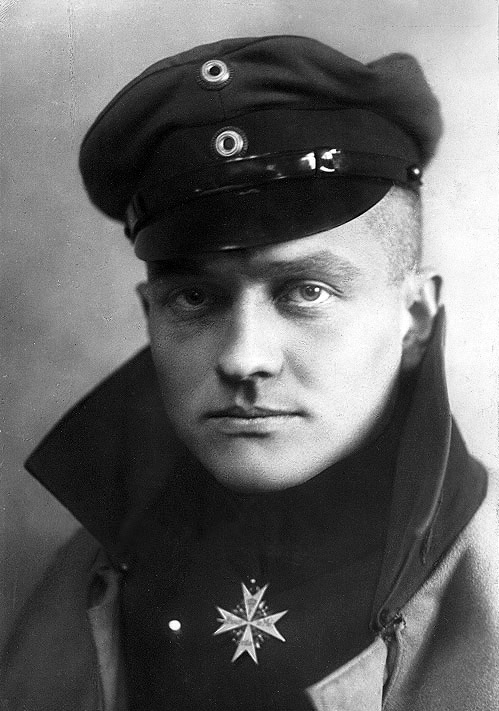The F-14A Tomcat’s AWG-15 fire-control system was always configured in CCIP-mode, meaning the jet could always drop “dumb” bombs
For those who still don’t know: the F-14A Tomcat’s AWG-15 fire-control system was always configured in the CCIP-mode, and the jet was always capable of dropping “dumb” bombs. AWG-9 only refers to the radar, whereas AWG-15 is the entire fire-control system of the Tomcat.
As can be seen in the main image of this post (which features one of the 10+1 prototypes equipped with Mk.82s, AIM-7 Sparrows, and AIM-9 Sidewinders), Grumman actually oversaw the associated flight-testing in 1973–1974.
This is also the reason why, despite the fact that the Iranians were the first to use the F-14A as a “bomber” – either in 1982 or 1986, it appears even they cannot agree on this – all 80 F-14As made for Iran were built and delivered (aside from one that was never delivered) with the CCIP-mode as well as all the shackles and other equipment required to carry and deploy bombs in combat.
In fact, the USN’s VF-32 Squadron conducted several bombing exercises in the period between 1973 and 1974, just after switching to the new jet.
The idea that the F-14 is a “pure interceptor” was only established by modern Navy “flags” (admirals), and it was subsequently repeated in virtually all related English-language sources until it was accepted as dogma. It was a similar dogma like ‘AIM-54 is only good to kill bombers and cruise missiles’ – while the weapon was perfectly capable (and thoroughly tested, and then proven as such in combat) in deployment against ‘small and nimble’ fighters (which was no surprise: already the AIM-54’s predecessor, AIM-47 Falcon – which was to be armed with a nuke, and then installed on the stillborn YF-12A Mach-3-capable interceptor – scored 7 direct hits in 9 tests).
Unsurprisingly, a little over ten years later, when a new generation of flags realized their error, it was no problem for USN’s F-14-units to (re-)start “flight testing” and even do some training in the release of bombs, in the late 1980s. This paved the way for what eventually developed into the “Bombcat” of the late 1990s and early 2000s, as youngsters know it.

Iran was quite eager to get its F-14s outfitted with the Rockwell International AGM-53 Condor when it placed an order for them. A TV-guided missile with a range of approximately 60 km (nearly 30 miles), Condor was something of a “predecessor” of what we today refer to as “precision guided munition” (PGM). It was being developed for the USN since the late 1960s.
Well, on the surface it may appear to be “not much more than the modern AGM-62 Walleye,” but Condor was considerably more advanced and, as shown above, also had a significantly greater range (AGM-62 was, essentially, a glide-bomb).
Unfortunately, Condor was discontinued in 1976 before the Iranians could place any orders due to its prohibitive cost: a single round cost more than AIM-54A Phoenix.
Check out Helion & Company’s website for books written by Tom Cooper.
Photo by U.S. Navy





















